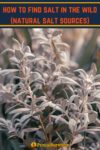Humans need salt or sodium chloride not because it makes food taste better but because your body needs it to regulate fluids, keep the muscles and nerves functioning correctly, and control blood pressure.
Without salt, you’ll end up convulsing in a corner, which isn’t any survivalist’s vision of the future. Although you can easily carry enough salt with you to bug out for a few days, if those few days become months or years, you need to be able to find salt in the wild.
If you find enough salt, you can also use it to preserve meat in the wild.
6 Natural Salt Sources Every Survivalist Should Know
#1 Seawater
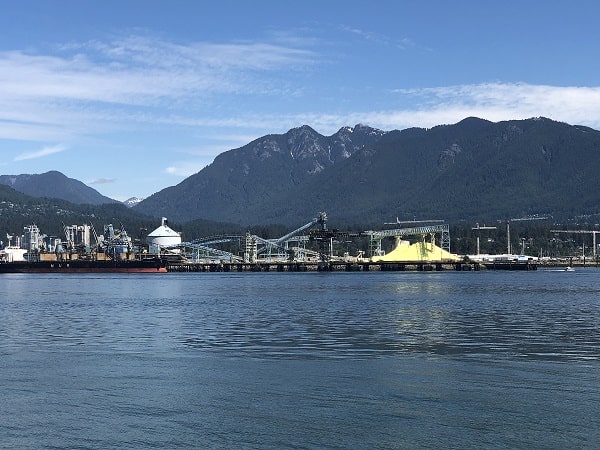
The most obvious place to source salt is in the ocean. Each liter of seawater contains around 35g of salt. Assuming you consume salt at 2,300mg per day, as recommended by the CDC, that’s enough to last you around15 days.
Extracting salt from seawater is simple enough, provided you have a container to put it in and a fire to boil it over. You can even do it without either of these if you know how to make a solar still, which we explored in our article on boiling seawater to make it drinkable.
Bring the seawater to a boil, and the water will evaporate off, leaving the salt behind.
Alternatively, you can extract the salt through the process of distillation.
You can do this by boiling the water in a covered pot but leaving the lid slightly to one side. As it evaporates, the water will collect on the lid, where it will once again condense, but this time as pure or distilled water. The salt will be left in the original container, ready for use.
You can use this same process to harvest salt from an inland salt lake.
#2 Sand
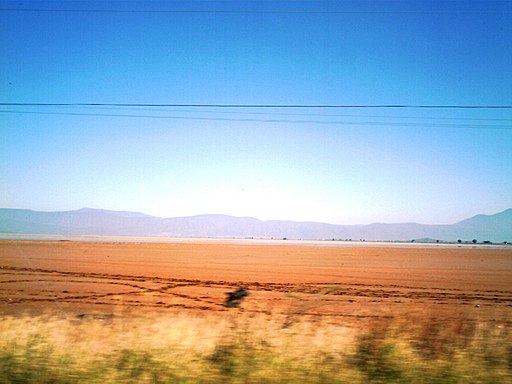
Even when you’re miles away from the sea, if the ground around you is sandy, it may contain harvestable salt deposits. Native people often extracted salt from the soil by washing it in fresh water.
They traditionally used custom-made baskets for the extraction process, which involved throwing water over the baskets of sand and salt. The sand and soil would collect in the bottom of the basket, while the salt would wash through, dissolved in the water.
It would then be treated like seawater, using evaporation or distillation to separate the salt from the water.
This technique was reportedly practiced around the seasonal salt lake of Laguna de Sayula in Mexico. Still, there’s no reason you couldn’t use it to survive, especially if you find yourself in Utah, Florida, or one of the other saltier states.
#3 Salt Springs
Dotted around the US are numerous brine and salt springs, many of which were utilized by our ancestors. There is evidence of salt being harvested from these sources throughout Eastern North America.
Salt was “most commonly produced at brine springs,” using salt pans set into depressions in the ground. The brine from the spring was poured into these pans, to which heated stones were also added. As the water heats and evaporates, it leaves a layer of crystallized salt at the bottom of the pan.
#4 Plant Leaves
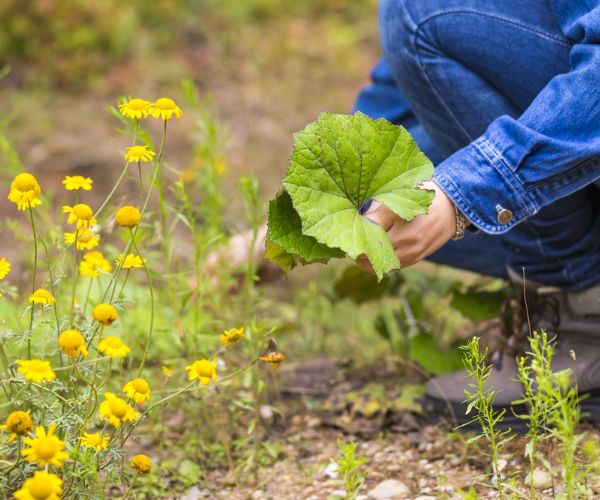
Sodium occurs naturally in the soil, and plants absorb it alongside other minerals. Certain plants are more sodium-rich than others, bioaccumulating high salt levels in their tissues.
Coltsfoot has a surprisingly high sodium chloride content and grows prolifically across the USA, giving you the most reliable, if not conventional, source of salt.
To extract the salt from coltsfoot, you first need to harvest the leaves and let them dry for a few hours. Once the leaves are dry and crispy enough to burn, roll them into a tube as though you were rolling a cigarette. Light the end of your rolled-up leaves and place them on a flat surface, like a rock.
The dried leaves should burn fairly steadily, leaving behind a small pile of black ash. Although this isn’t pure salt, it does contain a high percentage of salt. It may not look particularly appetizing, but it tastes very mild but is salty enough to season food and boost your sodium intake.
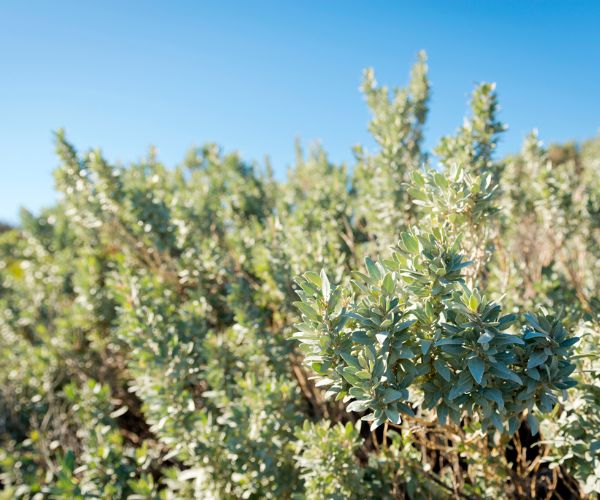
Of all the plants, saltbush or goosefoot is the saltiest. This plant grows in areas of high salinity and absorbs substantial quantities of the mineral into its tissues.
Officially known as chenopodium, goosefoot grows in every state except Hawaii. In addition to being a good source of natural salt, it also has medicinal qualities, including the ability to prevent internal parasites.
To get salt from saltbush, you can either eat the leaves raw, which have a herby flavor, or burn them and use the ashes.
#5 Plant Roots
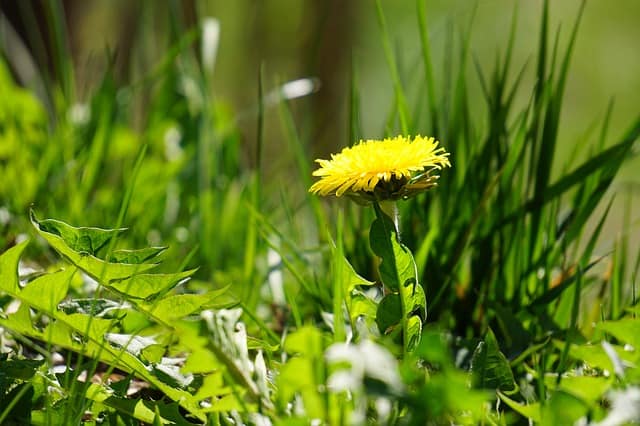
Some plants and trees accumulate more salt in their roots than in their other tissues. Dandelion and yellow dock are both sodium-rich, with dandelion roots containing around 76mg in every 100g of plant material.
Dandelion roots can be eaten either raw or cooked, giving you more than just a portion of your daily salt intake. They also contain vital vitamins and minerals and are a decent source of fiber.
Other roots need more careful preparation. In the US, the roots of the hickory tree were a traditional source of salt.
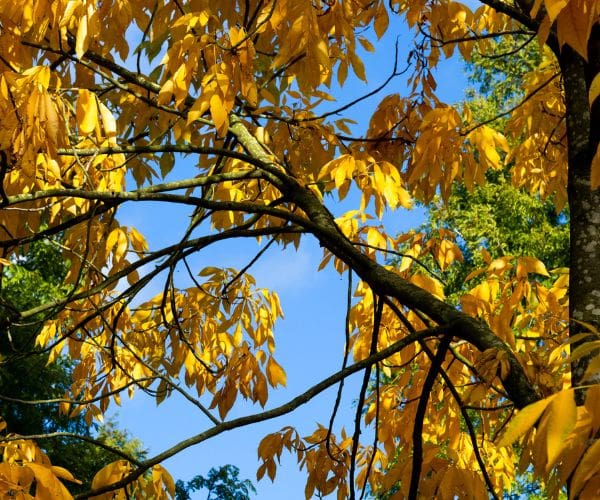
Instructions
- Dig up the hickory roots using a survival ax or shovel.
- Wash the roots thoroughly and chop them into small pieces.
- Bring a pot of water to boil and add the chopped-up root.
- As the minerals leach from the plant material, the water will turn black, at which point you can remove the roots, leaving the water behind.
- Continue to simmer the water until all the liquid has evaporated and you’re left with a black sticky substance.
While it may not look or taste particularly appetizing, this strange substance is packed with edible salts, including enough sodium to keep muscle cramps at bay.
Read more information about the most useful trees for survivalists and preppers.
#6 Animal Blood
Drinking animal blood isn’t everyone’s cup of tea, but it is a way to get the salt you need out in the wilderness. Although mostly made up of water, the liquid portion, or plasma, contains salt and other ions that make it “remarkably similar to seawater.”
Animals need salt just as much as we do, and all kinds of herbivores will actively seek out mineral salt deposits and salt-rich plants to supplement their diets.
Some animals contain more sodium than others. For example, a 3oz serving of squirrel meat would give you around 88mg of sodium, whereas the same amount of deer meat contains more than twice that at 228mg.
That means you don’t have to try and chug down a liter of animal blood – just eating the flesh will help boost your sodium intake!
Conclusion
Armed with the information in this article, you should be able to find enough natural sources of salt to maintain your sodium levels for months.
You might struggle to harvest rock salt, as I doubt you’ve included mining machinery in your bug-out bag, but other sources are more readily available.
Don’t forget that you also get some salt from your survival food, so sourcing meat and plants with a high sodium content will help keep your body functioning and add a little flavor to your meals.
